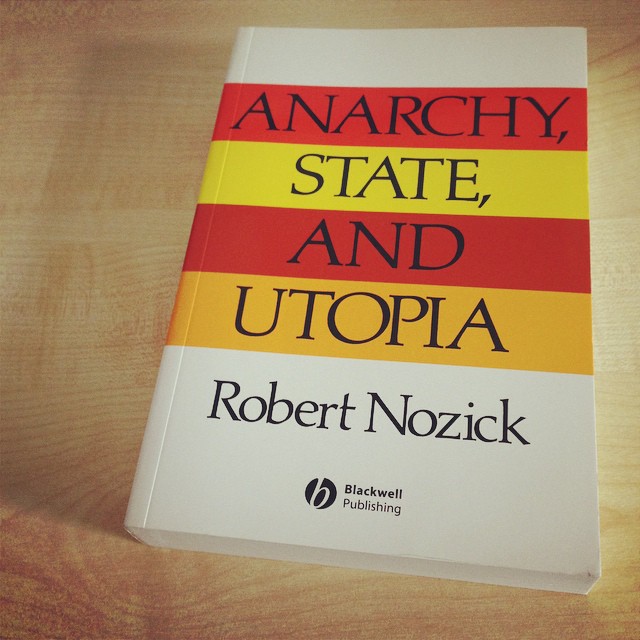
He also retains the power to recall them to the plantation if some emergency threatens his land and to raise or lower the three-sevenths amount required to be turned over to him. The master allows his slaves to go off and work in the city (or anywhere they wish) for wages. The master allows the slave four days on their own and requires them to work only three days a week on his land. The master has a group of slave, and he decides how things are to be allocated among them on nice grounds, taking into account their needs, merit, and so on.Ĥ. The master is kindlier and beats the slave only for stated infractions of his rules (not fulling the work quota, and so on). He is often cruelly beaten, called out in the middle of the night, and so on.Ģ. There is a slave completely at the mercy of his brutal master’s whims. “Consider the following sequence of cases, which we shall call the Tale of the Slave, and imagine it is about you.ġ. His remains are interred at Mount Auburn Cemetery in Cambridge, Massachusetts. Nozick died in 2002 after a prolonged struggle with cancer. He was born in Brooklyn, the son of a Jewish entrepreneur from Russia, and married the American poet Gjertrud Schnackenberg. His Anarchy, State, and Utopia (1974) was a libertarian answer to John Rawls's A Theory of Justice, published in 1971. He did additional but less influential work in such subjects as decision theory and epistemology. He was a prominent American political philosopher in the 1970s and 1980s. 1963), and Oxford as a Fulbright Scholar. 1959, summa cum laude), where he studied with Sidney Morgenbesser, at Princeton (Ph.D. His remains are interred at Moun Robert Nozick was an American philosopher and professor at Harvard University.

Robert Nozick was an American philosopher and professor at Harvard University.


 0 kommentar(er)
0 kommentar(er)
